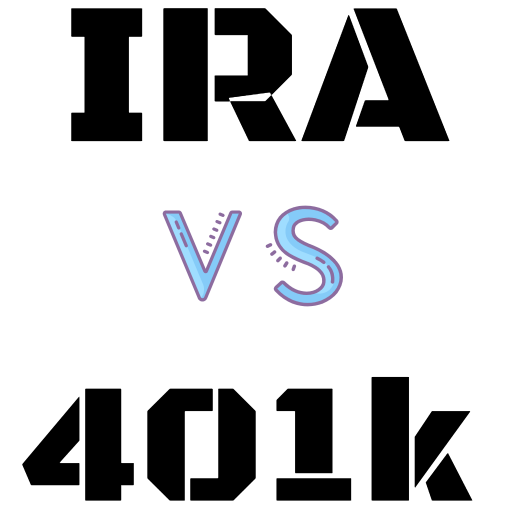
A SIMPLE IRA offers a straightforward and inexpensive way for small employers to establish a retirement plan for their employees, and SIMPLE IRAs may be the best vehicle to do so.
Small businesses tend to avoid retirement plans, largely due to their complexity and cost. Just 28 percent of companies with fewer than 10 employees offered a retirement plan, according to the latest data from SCORE, a non-profit provider of mentor services to U.S. small businesses. And only 51 percent of companies with 10 to 24 employees do so.
With less than one-third of Americans increasing their savings rate in 2019, according to a Bankrate survey, a SIMPLE IRA can be a great way to help workers secure their future. And since employers themselves often comprise a significant portion of a small business, a SIMPLE IRA can help them set up their own retirement plan, too.
Here’s what you need to know about the SIMPLE IRA.
How a SIMPLE IRA works
While the plan is called an IRA, a SIMPLE IRA is fundamentally different from a traditional IRA or Roth IRA. These latter IRAs are established by workers for themselves, with different annual contribution limits, plan rules, and purposes. Instead, a SIMPLE IRA looks more like a 401(k) program, but it tends to be easier for the company to set up and manage.
It’s called SIMPLE – short for Savings Incentive Match Plan for Employees – for a reason. Employers don’t have to worry about complex federal reporting requirements like they do with 401(k) plans. And they can set up the plan through a financial institution, which operates it.
The IRS permits employers (including self-employed individuals) with no more than 100 employees earning more than $5,000 in the preceding year to establish a SIMPLE IRA.
Like a traditional retirement plan, the SIMPLE IRA allows employees to have wages deducted from their paycheck. Employees can defer up to $13,500 in 2020. Those over age 50 can defer an additional catch-up contribution of $3,000. These contributions are “elective deferrals” that count toward the total annual limit on elective deferrals to this and other retirement plans.
Employers are required to chip in to their employees’ SIMPLE IRA accounts, and they have two options to contribute funds:
- Match workers’ contributions on a dollar-for-dollar basis, up to 3 percent of individual earnings.
- Make non-elective contributions up to 2 percent of wage earners’ compensation up to the annual compensation limit of $285,000 for 2020.
Workers looking to save for retirement may find a SIMPLE IRA attractive for several reasons:
- Employees are fully vested as soon as they start saving, so any employer contribution becomes theirs immediately.
- While employees can’t deduct their SIMPLE IRA contributions on their tax returns, the contribution is not reported as income, so effectively employees are able to contribute with pre-tax income.
- Earnings can grow tax-free until they’re withdrawn.
In terms of distributions, a SIMPLE IRA functions like a traditional IRA. Money in the account is subject to tax only when it is withdrawn. While you can withdraw money at any time, a 10 percent tax may apply (as well as a special 25 percent tax in certain circumstances), unless you withdraw the funds after age 59½ or some other exception.
Funds in a SIMPLE IRA must eventually be withdrawn under the IRS’s required minimum distribution (RMD) rules. The newly enacted SECURE Act has raised the age for RMDs to 72.
Example of a SIMPLE IRA
Imagine you earn $60,000 a year, and your employer matches your contributions up to 3 percent of your salary. You would like to save a total of 10 percent of your salary, including the match. So you decide to defer 7 percent of your own pay in each paycheck.
Over the course of the year you would save $4,200 in pre-tax dollars, while your employer would contribute $1,800, for a total contribution of $6,000. Since you contributed more than 3 percent of your salary, you will have received the full employer match of 3 percent.
In this scenario, you had to contribute money in order to receive the employer match. But employers may instead offer a 2 percent non-elective contribution to employees.
In this second scenario, all eligible employees would receive a contribution regardless of whether they contributed from their own salary. Based on your salary of $60,000, you would receive a total contribution of $1,200 for the year from your employer. Then you could contribute any additional amount up to the annual contribution limit.
Bottom line
A SIMPLE IRA makes a great option for a small business to set up a retirement plan for its employees, with less hassle and expense than a typical 401(k) plan, and employees can benefit from the tax advantages and matching benefits of the plan.
But small businesses have other attractive options, too – a SEP IRA and solo 401(k), both of which can offer higher contribution limits – and it’s important to investigate which plan works best for your situation.
